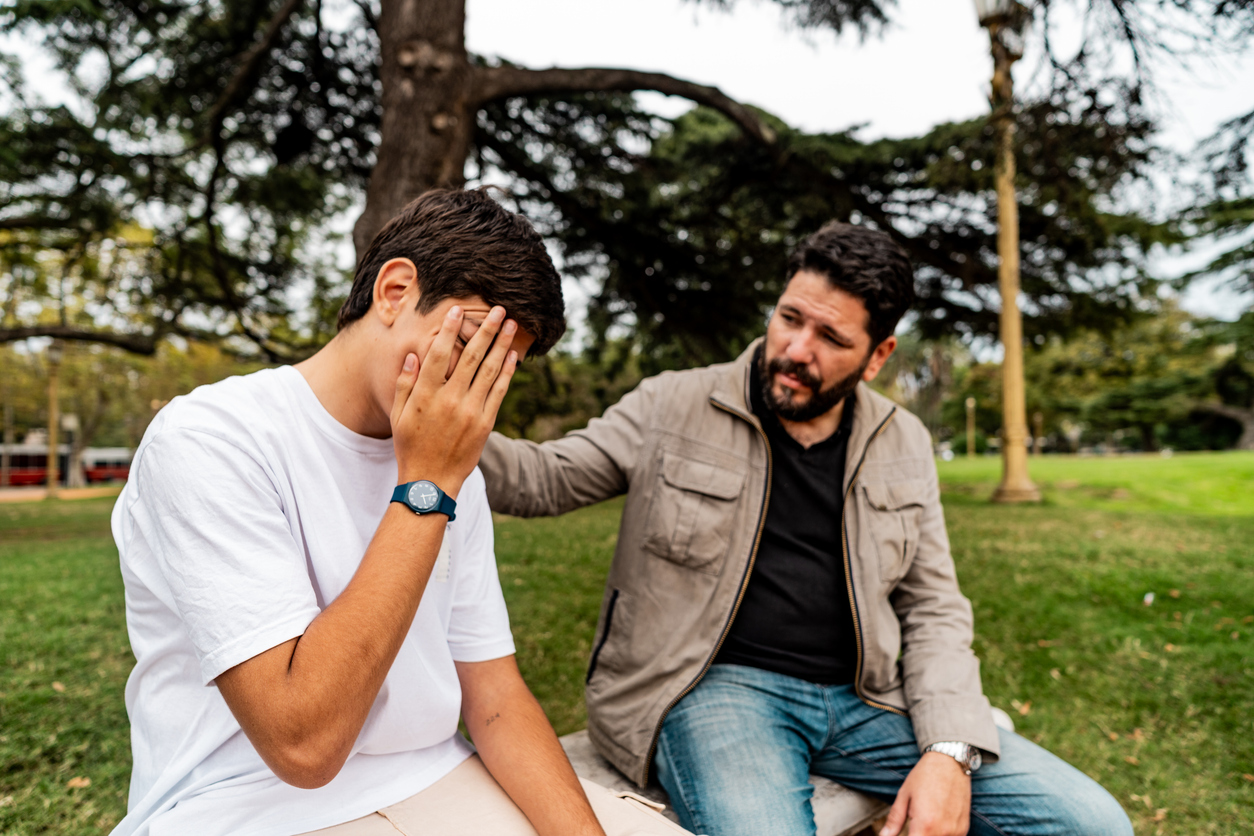I recall that as a young boy I seldom cried. When the need to let out my emotions came up and my body told me a release was necessary, I pushed those feelings back down. Even standing over the casket of my beloved grandfather I fought back tears and refused to let it go. The things I saw on TV, the model men that society put in front of me always acted with such stoicism. The men in my family never showed vulnerability or sadness. Male peers kept their cool and were labeled babies when they would break down. “Real men don’t cry.” This mantra has been paraded in front of the young men in America for centuries. This belief was harmful to me as I grew into adulthood, and it is harmful for every man in our society who accepts it.
Crying is something all our bodies are capable of. It is an age-old defense mechanism that works to remove the buildup of the stress hormone cortisol. The loss of a loved one, a close friend moving away or a messy breakup causes our bodies to become flooded with cortisol. When this happens, the body attempts to remove the build up and if all goes as it should we cry and feel a sense of relief afterwards. This is the feeling of cortisol leaving the body. When men are taught to push back against this feeling and deny themselves the ability to cry other defense mechanisms eventually turn on to replace it. Fits of rage, intrusive negative thoughts, chronic depression and severe anxiety can all be attributed in part to unhealthy levels of cortisol trapped in the body. Crying hurts no one, but the consequences of holding emotions in can be deadly. There is a reason why statistics of violence align much more heavily with men than women. Boys are taught dangerous beliefs around hiding their emotions, they then respond violently because they were never educated on healthy ways to deal with stress. Instead of pushing for societal change, improved education around mental health and psychotherapy services to assist these men, we call them scum and lock them away. Here they learn to become angrier, to repress their emotions further in fear of their lives. The core problem is never solved. We fill prisons instead of saving lives.
If we want to fight against the mental health epidemic affecting men and raising crime rates in our country, we must start with the basics. We must teach boys to listen to their bodies and allow the tears to flow. We must teach them that to cry, especially in front of others, is bravery and strength. When men learn how to properly communicate and release their cortisol, they are better able to regulate their behavior and live productive safe lives. The ability to cry is a great gift. If this gift can be celebrated with our children, we collectively benefit from a mentally healthier society.



